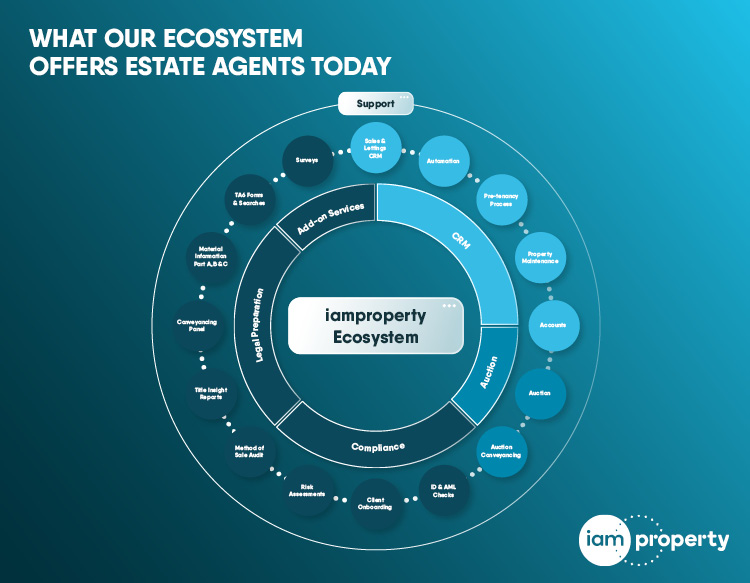There were over 131,000 housebuilding completions in the past year, according to the latest government data.
The figure represents a 15% increase on the previous 12 months and is the highest annual total recorded since 2009.
Private housing starts in England increased by 3% in the 12 months to June 2015 when compared with the same period a year earlier.
In the year to June, 112,870 private new homes were started. On a quarterly basis, private starts fell by 12% to 28,110 during Q2 2015, when compared with the first quarter of the year.
The biggest increase in completions was recorded in Southwark, where there was 178% more in the year to June when compared to 2014.
Southwark was followed by Southampton (+166%), Manchester (+138%), Northumberland (+125%) and Sunderland (+111%).
Commenting on the figures, housing minister Brandon Lewis said: “Our One Nation government has got the country building again with today’s figures showing that 131,060 extra homes have been built in the past year. This has provided a real boost to the UK’s construction industry and is delivering the homes that hard-working people rightly deserve.”
“However, we know there is more to do. That is why we have outlined plans to deliver 275,000 affordable homes by the end of this Parliament – the fastest rate of building for 20 years.”
“We’re also determined to support those who aspire to own their own home, which is why we’re making up to £10 million available to bring forward brownfield sites to build new Starter
Homes which will be available to young first-time buyers at a 20% discount,” he added.
In response to the government’s figures, the Residential Landlords Association (RLA) is calling on local authorities not to become roadblocks to delivering new homes.
The RLA’s plea comes as the government is soon expected to make permanent a measure introduced in 2013 which makes it easier to convert redundant, empty and under-used office space in to new homes.
“With the [rental] sector expected to account for twenty five per cent of UK households by 2025, it is vital that the planning system does not put unnecessary obstacles in the way of landlords seeking to meet this demand,” says David Smith, the RLA’s policy director.
“The Government’s intentions are clear and local authorities should not seek to thwart them. Instead, councils have an opportunity to show themselves to be willing partners in delivering the mix of homes their communities need.”










.png)


.jpg)
.jpg)





%20-%20IMAGE%20Client%20Accounting%20%E2%80%93%20what%20are%20your%20options.jpg)


.png)
.png)
.png)
%20(002).png)






%20(002).jpg)



.png)




Join the conversation
Jump to latest comment and add your reply
Yeah, right! I'll believe it when I see it!
Even if they did build 131,000 new homes, that's nowhere near enough to keep up with demand. Weren't we being promised 250,000 new homes at the last election? Hmm, it's all gone very quiet on that front.
Exactly, Fake. When they start actually building enough homes to keep up with demand, which hasn't happened for the last decade or so, then they can start patting themselves on the back. Until then, well...
A step in the right direction, granted, but let's not get carried away with ourselves here. 130,000 new homes isn't going to solve the housing crisis, especially if many of those homes are unaffordable (as I'm sure many of them are),
Another one for you. How many properties were knocked down first to make those 131,000 new ones. The official figures do not include them - as far as I can tell you have to manually go through each local authority and add them up. What happens to those figures if for every 10 houses built you have to knock down 2 or 3? In general it makes financial sense to knock down one house on a large plot of land to build 3 new ones.
Which might mean that the net benefit is as low as 87,000 new properties.
Please login to comment